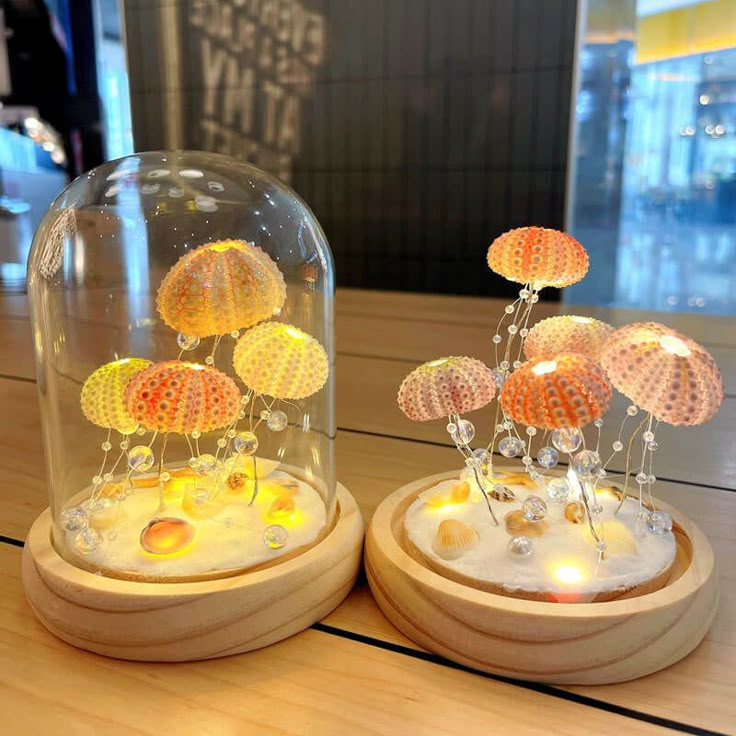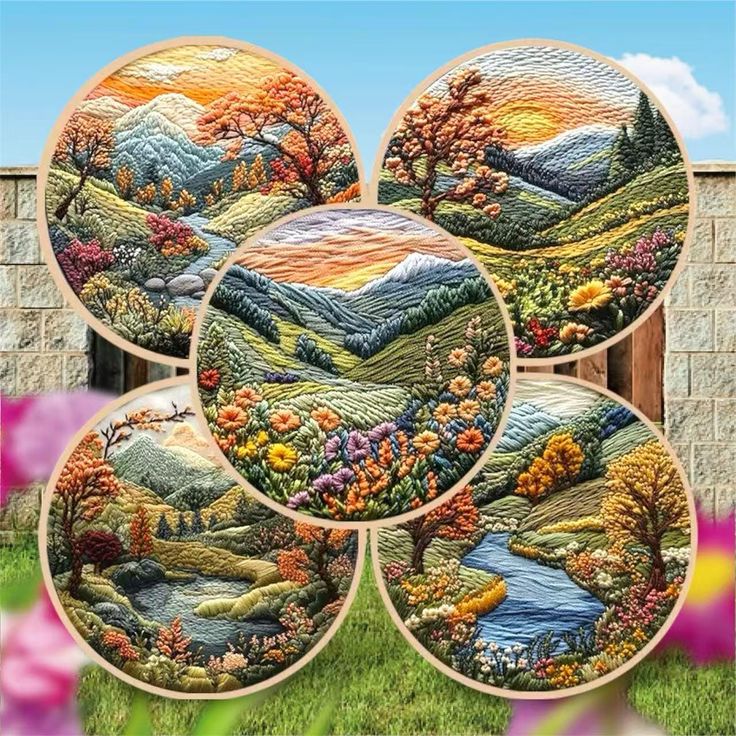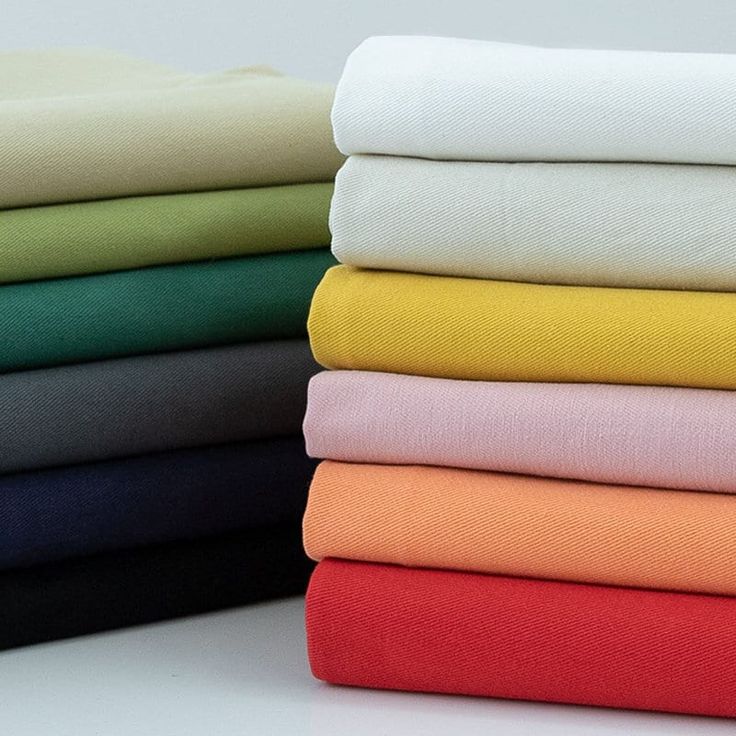Silk fabric has always captured the imagination and admiration of people across cultures and centuries. Known for its exquisite feel, lustrous sheen, and versatility, silk stands unmatched among textiles. This article delves deep into the world of silk, exploring its origins, production techniques, uses, and care considerations. By the end, you will understand why silk fabric holds a coveted position in the realm of luxury.
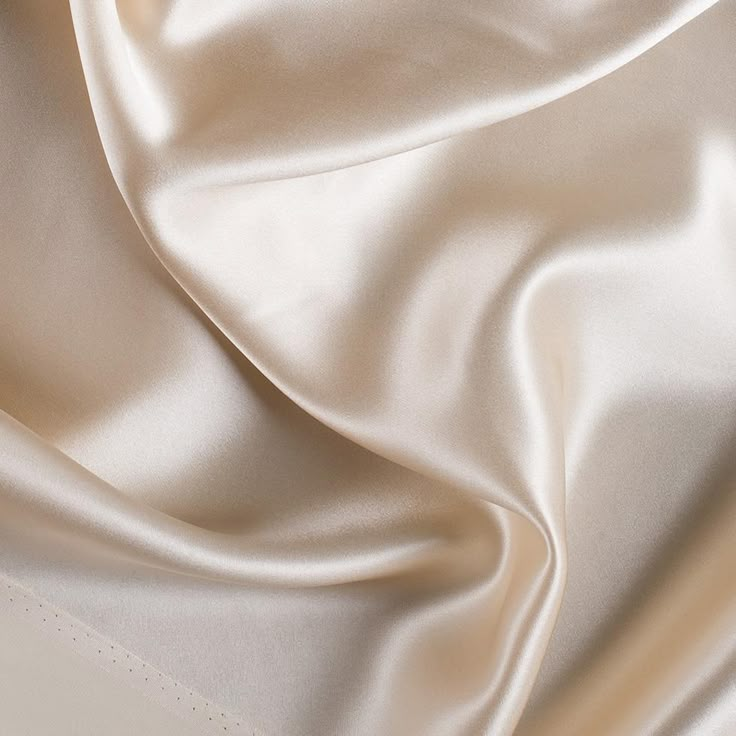
The Rich History of Silk: Origins and Cultural Significance
Silk has a rich and fascinating history that dates back over 5,000 years. Its origins trace back to ancient China, where legend tells of Empress Xi Ling Shi discovering the fabric when a silkworm cocoon fell into her cup of hot tea. The discovery of how to extract silk thread from the cocoon sparked a revolution in textile production. The Chinese closely guarded the secret of silk-making for centuries, creating a monopoly that significantly enriched their economy.
During the Tang Dynasty, silk became emblematic of social status and wealth, and its production spread to other parts of Asia. The Silk Road, a network of trade routes, facilitated the exchange of silk and other precious goods between the East and West. This trade not only influenced the economies of various civilizations but also resulted in cultural exchanges that shaped art, fashion, and social customs. In Europe, silk became a luxury item that was woven into the fabric of high society. Kings and queens adorned themselves in silk robes, further elevating its status and demand.
Silk’s cultural significance extends beyond its aesthetic qualities. It has played a critical role in traditional ceremonies, weddings, and religious rituals in many cultures. The fabric symbolizes purity, elegance, and sophistication, making it a favored choice for bridal attire and special occasions. Understanding the historical and cultural context of silk enriches our appreciation of its allure, positioning it not just as a textile, but as a significant cultural artifact.
The Miraculous Process of Silk Production
The production of silk is nothing short of miraculous. It begins with silkworms, specifically the Bombyx mori species, which primarily feed on mulberry leaves. This specific diet contributes to the high quality of silk they produce. The life cycle of a silkworm includes several stages: egg, larva (caterpillar), pupa, and adult moth. Once the silkworm reaches the pupal stage, it begins spinning its cocoon using a single continuous thread of silk that can measure up to several thousand feet in length. This process can take between two to three days to complete.
Once the cocoon is spun, the silk needs to be harvested. Farmers usually boil or steam the cocoons, which kills the pupae and allows for the unspooling of the silk thread. This technical art demands precision to ensure minimal damage to the threads and optimal quality. The harvested silk is then twisted together and dyed using natural or synthetic dyes, creating the vibrant colors associated with silk fabric.
The entire silk production process is labor-intensive and requires an immense amount of care and skill. It takes around 2,500 silkworms to produce just one kilogram of silk. Sustainable practices in silk farming are gaining traction, with an emphasis on ethical practices that honor both the environment and the silkworms themselves. Understanding this meticulous process enhances appreciation for silk fabric, highlighting it as a luxurious material that comes with a complex history and dedicated craftsmanship.
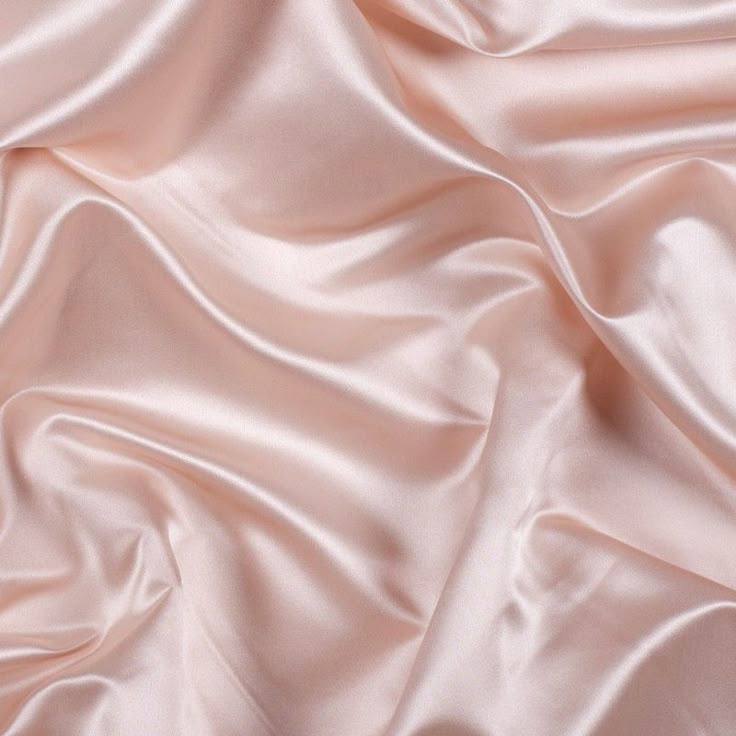
The Allure and Characteristics of Silk Fabric
Silk fabric is synonymous with luxury and elegance, and its allure stems from its unique properties. The fabric boasts a distinctive sheen and smooth texture that feels sumptuous against the skin, creating an unparalleled sensory experience. One of the optical qualities of silk is its ability to refract light, giving it a glowing appearance. This dynamic quality makes silk a popular choice not only for fashion but also for home textiles like curtains and upholstery.
In addition to its aesthetic appeal, silk possesses functional characteristics that make it versatile. It has a natural ability to regulate temperature, keeping you warm in winter and cool in summer. This adaptability is due to silk’s breathable nature, allowing it to wick moisture away from the body. As a result, it is an excellent choice for items like sleepwear, activewear, and luxurious bed linens.
Silk’s strength is another compelling aspect, as it is one of the strongest natural fibers available. Despite its delicate appearance, silk can withstand significant tension, making it suitable for various applications. Moreover, it resists wrinkling and fading, ensuring that silk pieces maintain their beauty over time, given proper care. Through innovation in textile technology, blends that merge silk with other fibers have emerged. This fusion creates fabrics that retain the luxurious feel of silk while enhancing durability and accessibility.
Fashion and Silk: The Timeless Connection
The world of fashion has celebrated silk for centuries, cementing its status as a timeless luxury fabric. Designers frequently turn to silk for its fluidity and drape, allowing for elegant silhouettes and movement. From high fashion runways to everyday style, silk transcends occasions and boundaries. Its versatility allows it to pair seamlessly with other materials, enabling designers to create unique and innovative garments that stand out.
Silk dresses and blouses are staples in many wardrobes, exuding an air of sophistication. The fabric’s adaptability and classic elegance allow it to be styled for formal events, casual outings, and everything in between. Accessories made from silk, such as scarves and ties, add a touch of opulence to any outfit, amplifying personal style with ease.
Moreover, silk has been a popular choice in haute couture, where fashion houses like Chanel and Dior incorporate silk fabrics into their signature designs. The luxurious feel of silk complements intricate detailing and embellishments, resulting in garments renowned for their beauty and craftsmanship. Silk’s history of association with luxury has inspired countless iterations in fashion, including modern takes on traditional styles, helping maintain its status as a fabric of choice in contemporary fashion dialogues.

The Role of Silk in Home Décor
Beyond fashion, silk fabric enchants the realm of interior design and home décor. Its lustrous finish and dynamic colors make it an exceptional choice for curtains, cushions, and upholstery, infusing spaces with elegance and sophistication. The textural variety available in silk allows homeowners to create visual depth and interest, transitioning effortlessly from traditional to modern aesthetics.
When used in drapery, silk’s light-reflecting qualities contribute to a bright and airy atmosphere, enhancing the ambiance of a room. Additionally, the fabric’s natural ability to repel dust and maintain color integrity means that silk curtains add both practical and aesthetic value. With the proper care, silk fabrics can become timeless pieces that elevate the visual appeal of any interior.
Silk upholstery provides a luxurious feel that can transform furniture from ordinary to extraordinary. Whether covering a statement chair or a classic sofa, silk elevates the texture and visual impact of living spaces, making them truly inviting. Contemporary designers increasingly explore ways to incorporate silk into outdoor spaces, recognizing its potential to enhance patios and sunrooms when combined with the right treatments.
Caring for Your Silk Fabrics
Caring for silk fabric requires attention to detail, ensuring that the delicate nature of this luxurious material lasts for years. Expert care begins with understanding the specific recommendations for each silk piece, as some fabrics exhibit different strengths and weaknesses. It’s advisable to check labels for care instructions, as different silk types can have varying requirements when it comes to cleaning and maintenance.
When washing silk, using cold water and mild detergent is essential for preserving its color and integrity. Hand-washing is often the safest method, but many silk items are now machine washable on gentle cycles. Never wring out silk; instead, gently press out excess water and lay the fabric flat to dry away from direct sunlight to prevent fading.
Ironing silk requires caution, as the fabric can easily scorch. Use a low-heat setting and place a pressed cloth between the iron and the silk. Alternatively, steaming can effectively remove wrinkles without the risk of direct contact with high temperatures. Storing silk pieces also demands care. Hang garments or store them folded in a cool, dark place to prevent creasing and color variations. Through these careful practices, one can ensure that silk remains a coveted part of the wardrobe or home, retaining its timeless beauty.

The Future of Silk: Sustainability and Innovations
As global awareness of sustainability grows, the silk industry is also evolving to focus on eco-friendly practices. Traditional silk farming poses challenges, particularly regarding animal welfare and environmental impact. However, innovations in sustainable farming and production methods are gaining traction. Many brands now emphasize ethical sourcing, ensuring that silk is produced without harming silkworms while adopting sustainable agricultural practices.
Consumers increasingly seek transparency in production processes, prompting luxury brands to share their sourcing stories. Brands committed to sustainability are exploring alternatives, such as peace silk, which allows the moth to emerge from the cocoon before harvesting the silk. This practice respects the life cycle of the silkworm, positioning ethical considerations at the forefront of silk production.
In addition to sustainable practices, technological advancements yield innovation in silk production. New processes and blends increase durability and maintain the luxurious feel of silk, making it accessible to a broader audience. These innovations do not compromise quality, ensuring that silk continues to thrive as a coveted choice for future generations. As silk adapts to contemporary demands and values, it will undoubtedly retain its allure as a feathery-soft symbol of luxury.
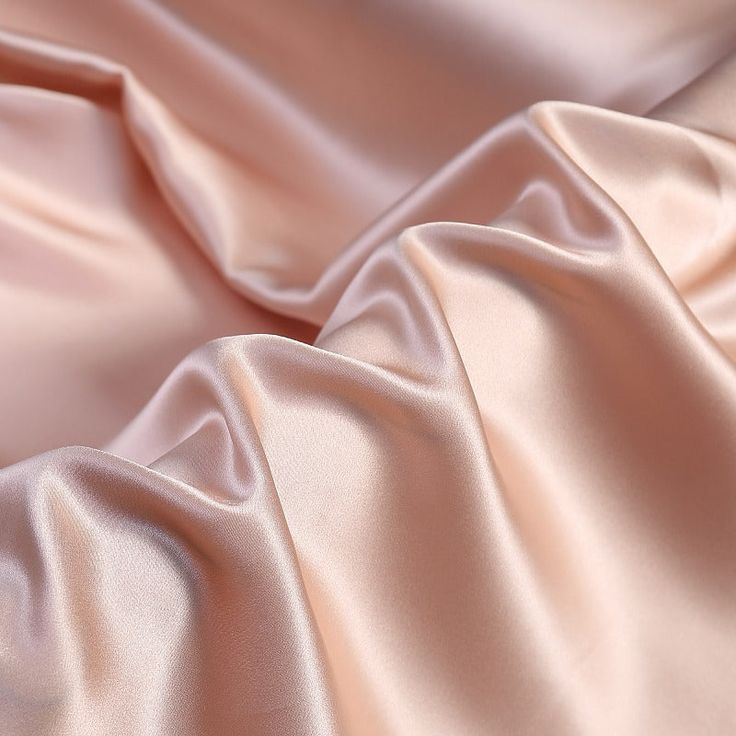
Conclusion:
Silk fabric embodies a rich history and a luxurious lifestyle that transcends time and cultures. As we have explored through the various lenses of its history, production, aesthetic qualities, fashion relevance, home décor applications, and care methods, we understand the intricate layers that contribute to its esteemed status. Silk captivates modern audiences with its timeless elegance. It now embraces sustainability and innovation, reflecting the ethical values important in today’s world.
